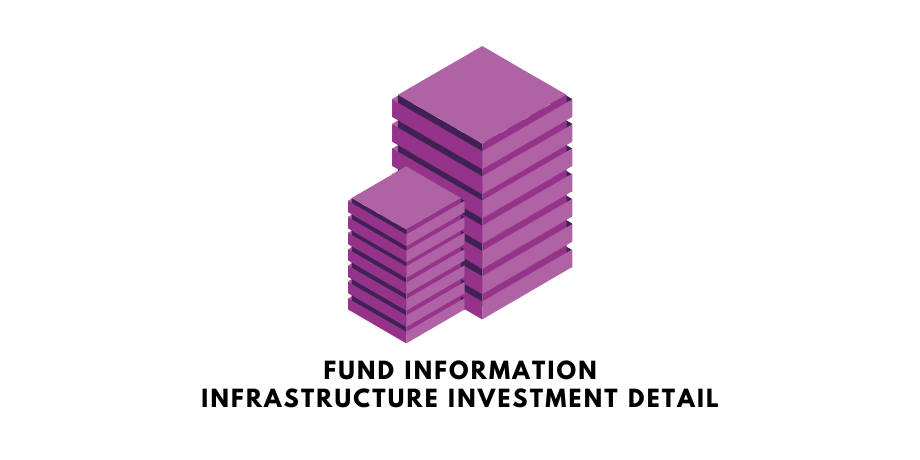Fund Information. Infrastructure Investment Detail.
This article from the Fund Information section contains basic information that should be provided for an Infrastructure investment.

Purpose
Because infrastructure investing is a close variant of traditional Private Equity, the basic information that should be provided for an Infrastructure investment is largely similar to that information that would be disclosed for a more traditional Private Equity Portfolio Asset.

In addition to the Requirements listed on Portfolio Asset Detail page, for an Infrastructure investment the following additional matters should be disclosed as part of the one to two page reports:
Basic Information
Additional possible disclosures
Given that infrastructure investments are often subject to government regulation, additional disclosures may be relevant as follows:
- Authoritative body (or bodies) under which the investee company is regulated;
- Significant laws, directives and/or statues which impact the operations of the investee company;
- Material regulations which impact the price(s) which the investee company is able to charge for its product(s) or service(s) or the rate of return which the investee company is permitted to earn.

Valuation
Requirements
In contrast to the market approach generally favoured by traditional Private Equity managers (in accordance with the IPEV valuation guidelines), the income approach is more often the key methodology used in the valuation of infrastructure businesses. Specifically, a free cash flow to equity (“FCFE”) or dividend discount model (“DDM”) are favoured for valuing the equity of infrastructure businesses particularly those which generate more stable, often government-regulated returns. Because such valuation methodologies can be more elaborate, and require a larger number of inputs and assumptions, the following Additional possible disclosures may be appropriate:
- Discount rate, whether a weighted average cost of capital (or WACC) or cost of equity, as well as the components of the discount rate:
– Risk free rate;
– Equity risk premium;
– Beta;
– Any premia/discounts applied to cost of equity;
– Cost of debt;
– Gearing; - Exit assumptions
– Exit asset yield;
– Exit multiple.






